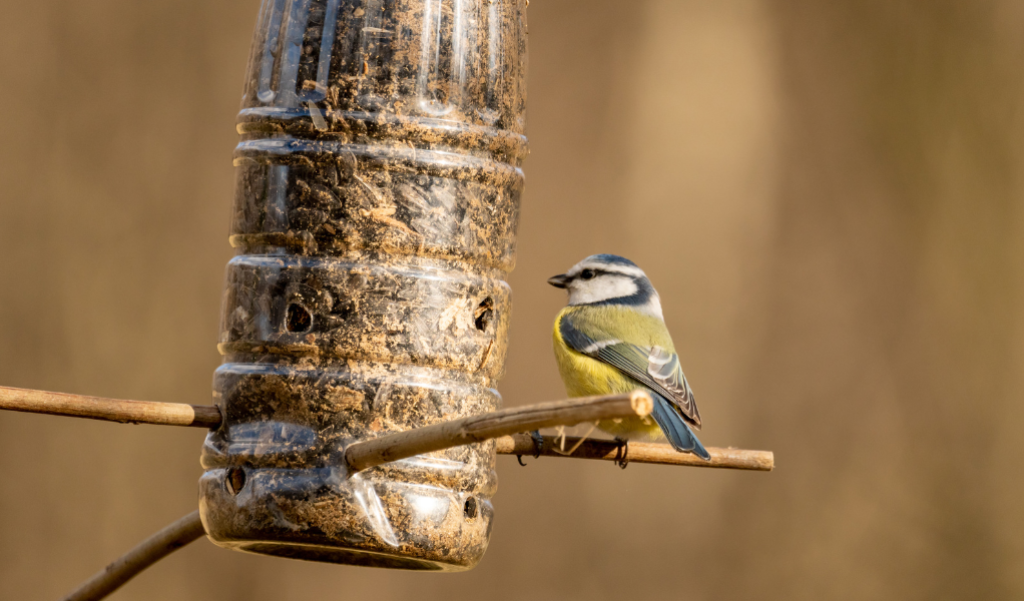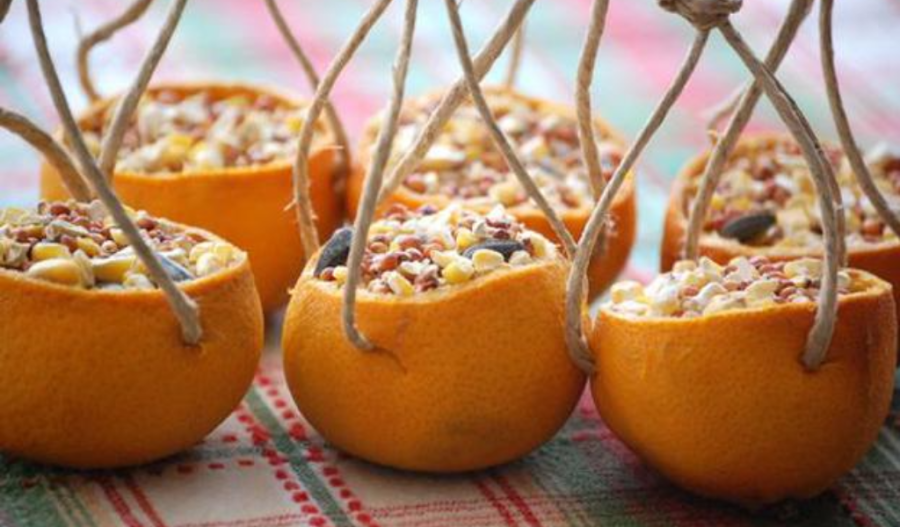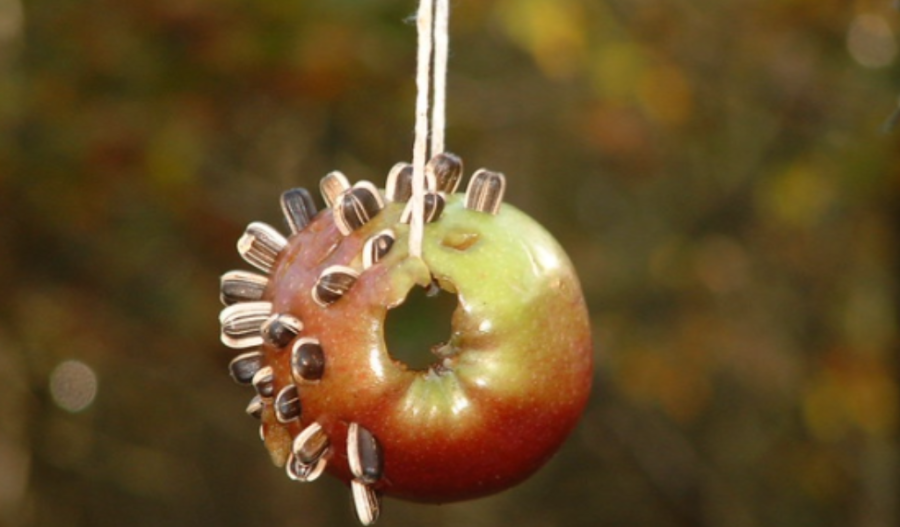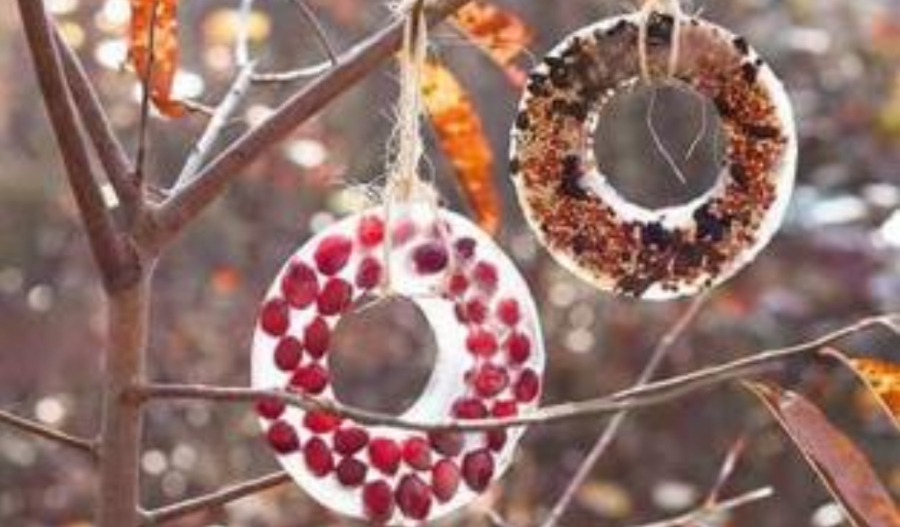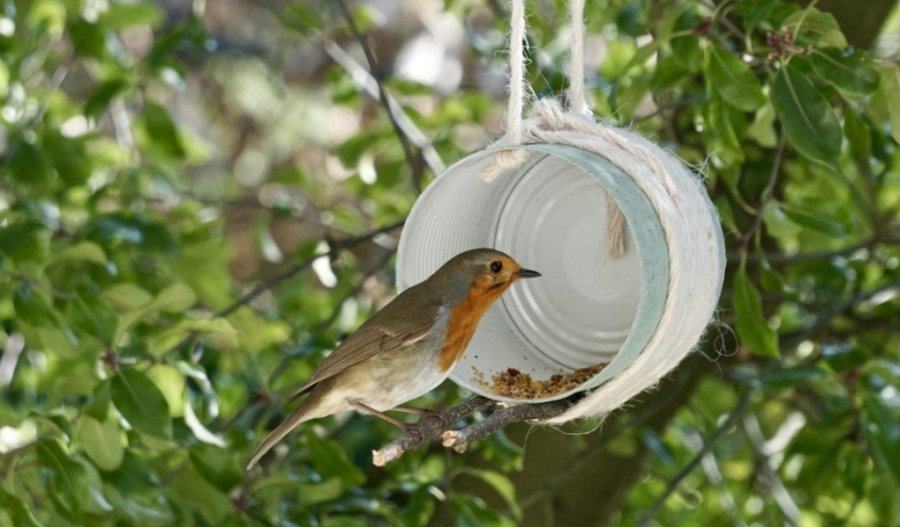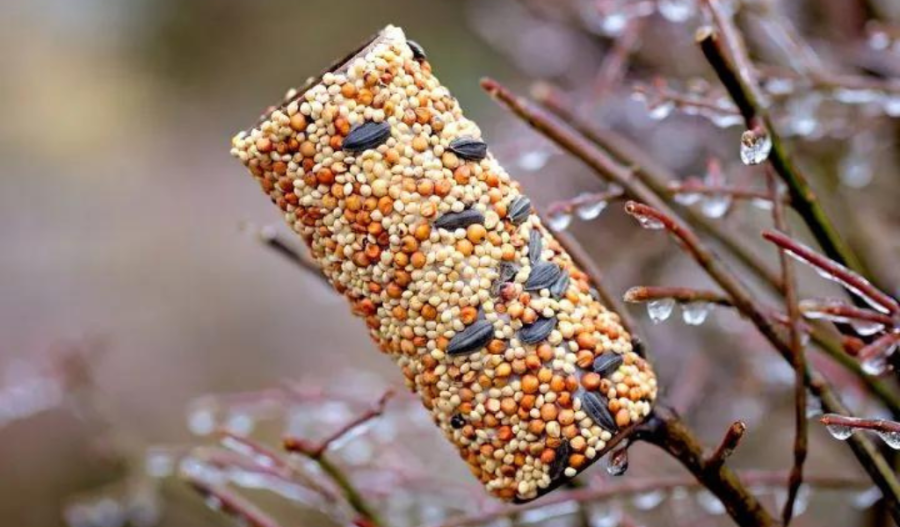While bird feeders have many benefits, it is important to know some risks that come with including these fixtures in your backyard. Bird feeders can attract unwanted animals such as feral cats or squirrels, so consider that when choosing which type of bird feeder to make. Also, be aware of the amount of food you are providing to birds. Oversupplying food will lead to birds depending on artificial food and may hinder their ability to find their own food supply in the wild. Lastly, the location of the birdfeeder is extremely important. Collisions between birds and home windows often occur near birdfeeders, so make sure to hang any feeders away from buildings and windows.
Prior to choosing the type of feeder you want to build, consider the following tips to ensure a safe and healthy experience for all.
- Research the different breeds that are native to your surrounding areas and their preferred seed or food. You can visit The Cornell Lab’s Project FeederWatch for useful information on which types of bird feeders and foods certain species are drawn to.
- Plan for maintenance. It is important to clean your birdfeeder regularly to prevent the spread of avian illness or disease among bird species.
Now that we have covered some essential information, let’s dive into a few different types of bird feeders that are easy to make with some recyclable materials found around the home.
